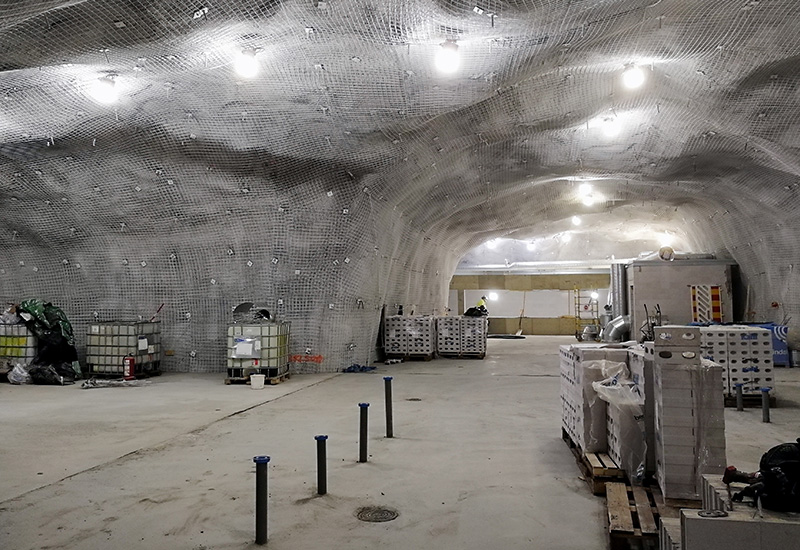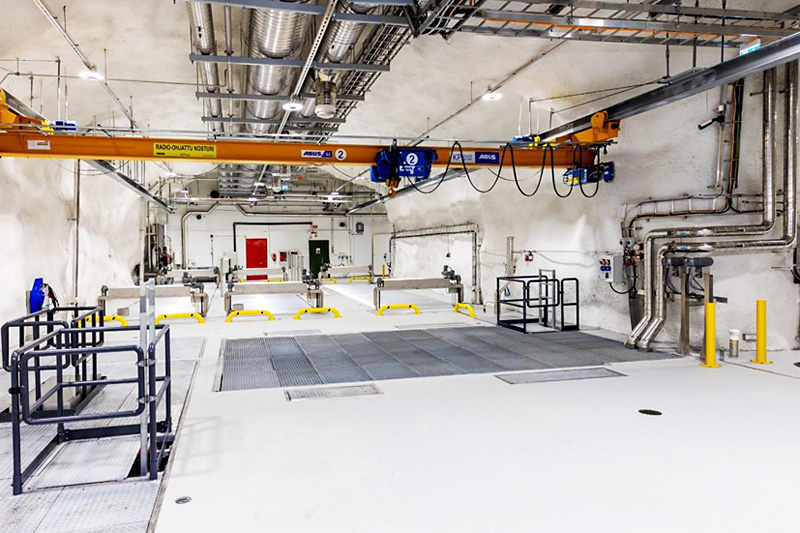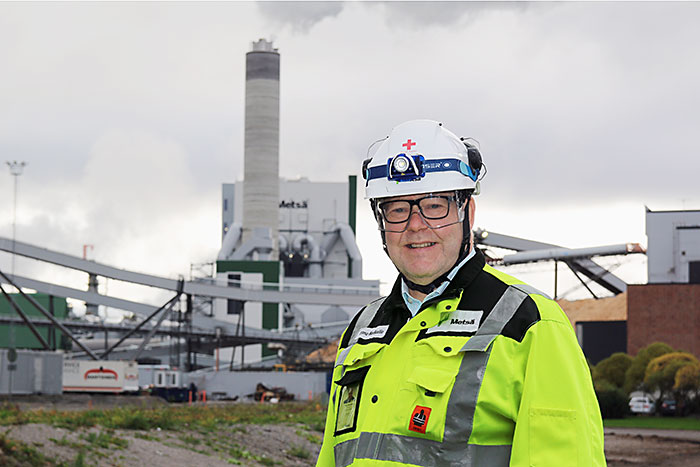Fimpec holds main implementer responsibilities for the Päätaso 900 project at Kittilä gold mine

In the Päätaso 900 project, Agnico Eagle Finland Oy is building a new main level for the Kittilä gold mine at a depth of 900 metres. In the project, Fimpec has taken on main implementer responsibilities in collaboration with the owner. Fimpec has main implementer responsibilities in the Päätaso 900 project at Kittilä gold mine.
Agnico Eagle Finland Oy’s Kittilä mine is Europe’s largest gold mine. The Päätaso 900 project is already under way and will result in the construction of a new main level in the mine by 2023. The main level will allow for the utilisation of rich gold deposits at a deeper level, and according to current estimations, will extend the mine’s operations until the mid-2030s.
The main level will house the personnel, maintenance, and technical facilities required for the expansion of the mine. Around 75,000 cubic metres of earth will be excavated, making the surface area of the spaces 12,000 square metres in total.
The project will be carried out in two phases, during the first of which a canteen, parking spaces and personnel facilities will be built. The second phase will see the construction of a maintenance hall, repair and vehicle washing facilities, and a main warehouse. Construction work on the first phase began in August 2020 and the spaces will be handed over in 2021. Excavation work for the second phase is also under way, and construction work will be complete in the second half of 2023.
Fimpec’s role in the expansion of the Kittilä mine
Fimpec is responsible for project manager, site manager, occupational safety coordinator, and building systems expert and supervisor tasks during the implementation phase of the Päätaso 900 project.
“We have taken on the project’s main implementer responsibilities, in close collaboration with the owner, of course. The field of tasks is large and includes duties such as coordinating and supervising work, cost monitoring and management, and responsibility for occupational safety overall,” explains Fimpec’s project manager TiinaVanhanarkaus, who works full-time on-site at the mine.
The current project is a continuation of long-term collaboration between Agnico Eagle Finland Oy and Fimpec Oy in Kittilä. Fimpec has been involved in the Päätaso 900 project since its development and engineering phase in 2018, where Fimpec was responsible for engineering preparations and management, and for budgeting and cost monitoring.
Prior to that, Fimpec was responsible for project consultation, construction project management and supervision, and for HSE supervision in the Keskuspumppaamo central pumping station project from 2018–2019. Fimpec was responsible for construction manager tasks during the expansion of the paste plant, shaft, and flotation plant.
Underground work is carried out in a special environment
Work that is carried out deep underground requires precise advance planning, and also sets some limitations on operations. TiinaVanhanarkaus explains that construction work itself is the same as construction work above ground.
“Precise planning is required to ensure that work progresses smoothly, and that logistics are handled correctly, since we are deep below ground and it takes time to get to the surface. For the same reason, we need to pay even more attention to occupational safety, especially to fire safety, and detailed guidelines are in place for these. Due to explosions, the times when you can work in the area are precisely determined, because areas need to be empty for the explosions to go ahead.
“Otherwise, this is a normal site, where things are built just as they would be above ground. One advantage down here is that conditions are the same all year round. It isn’t cold, windy, rainy, or unbearably hot,” she says.


